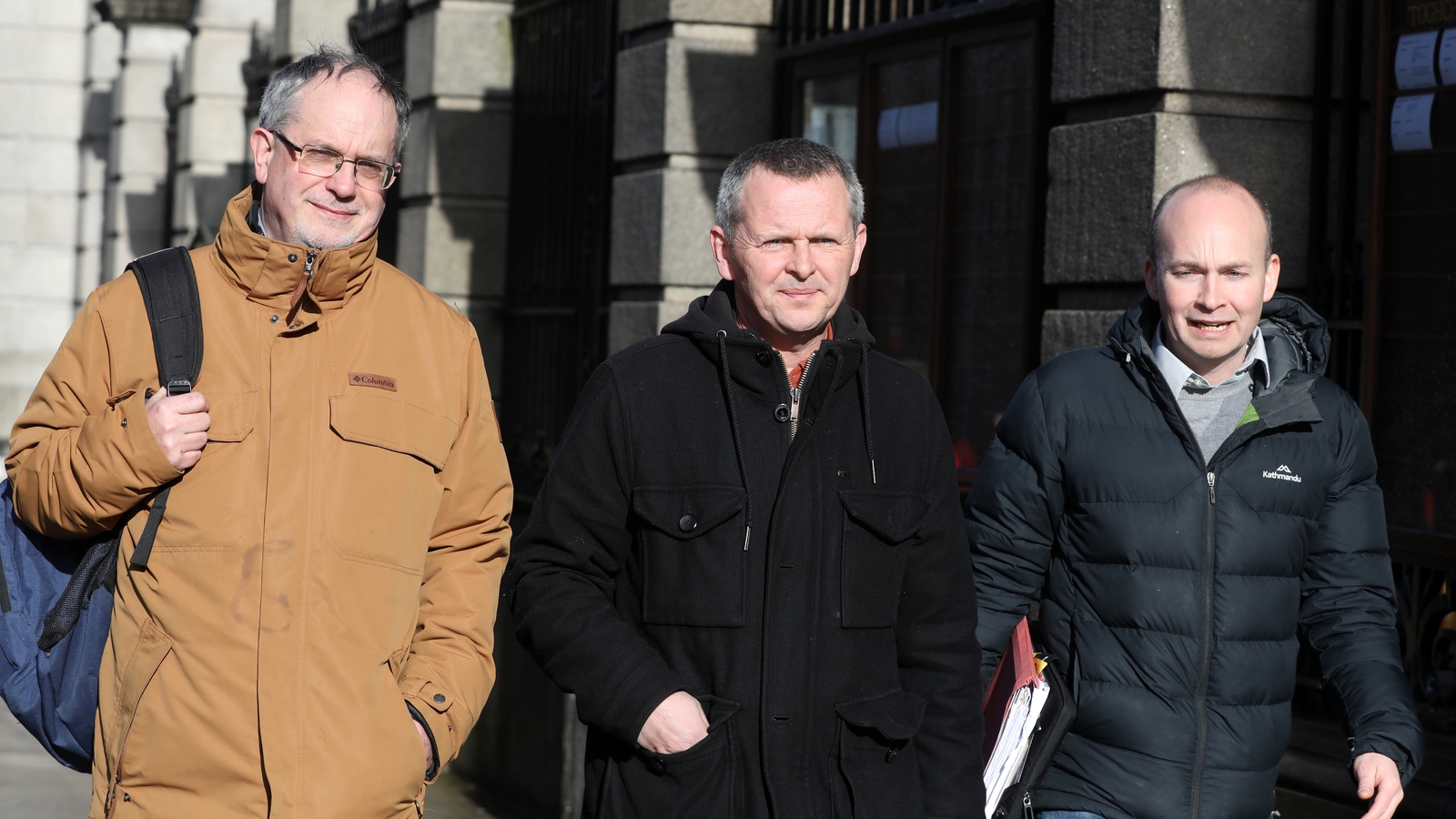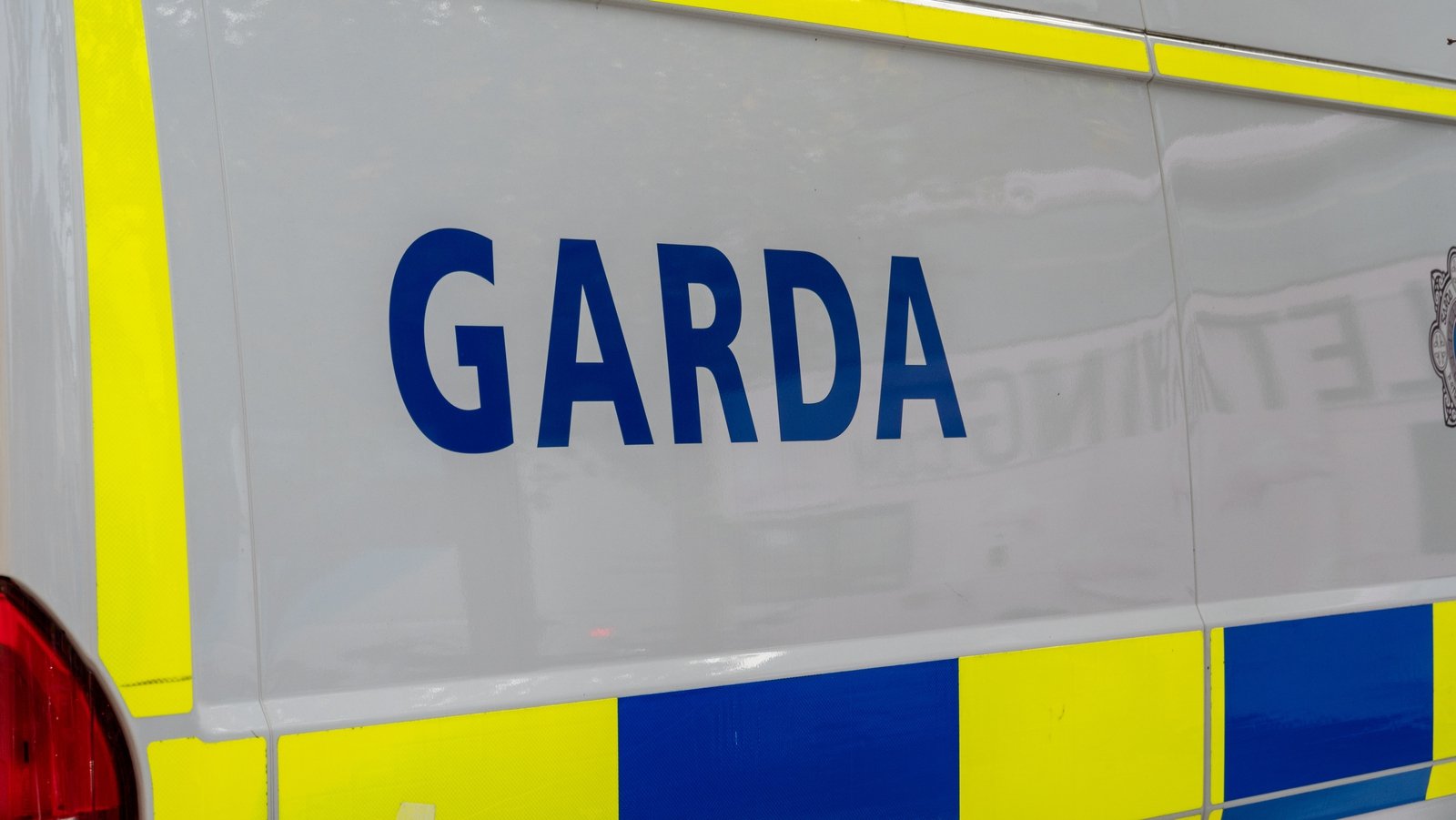Old letters from Irish immigrants in US digitised
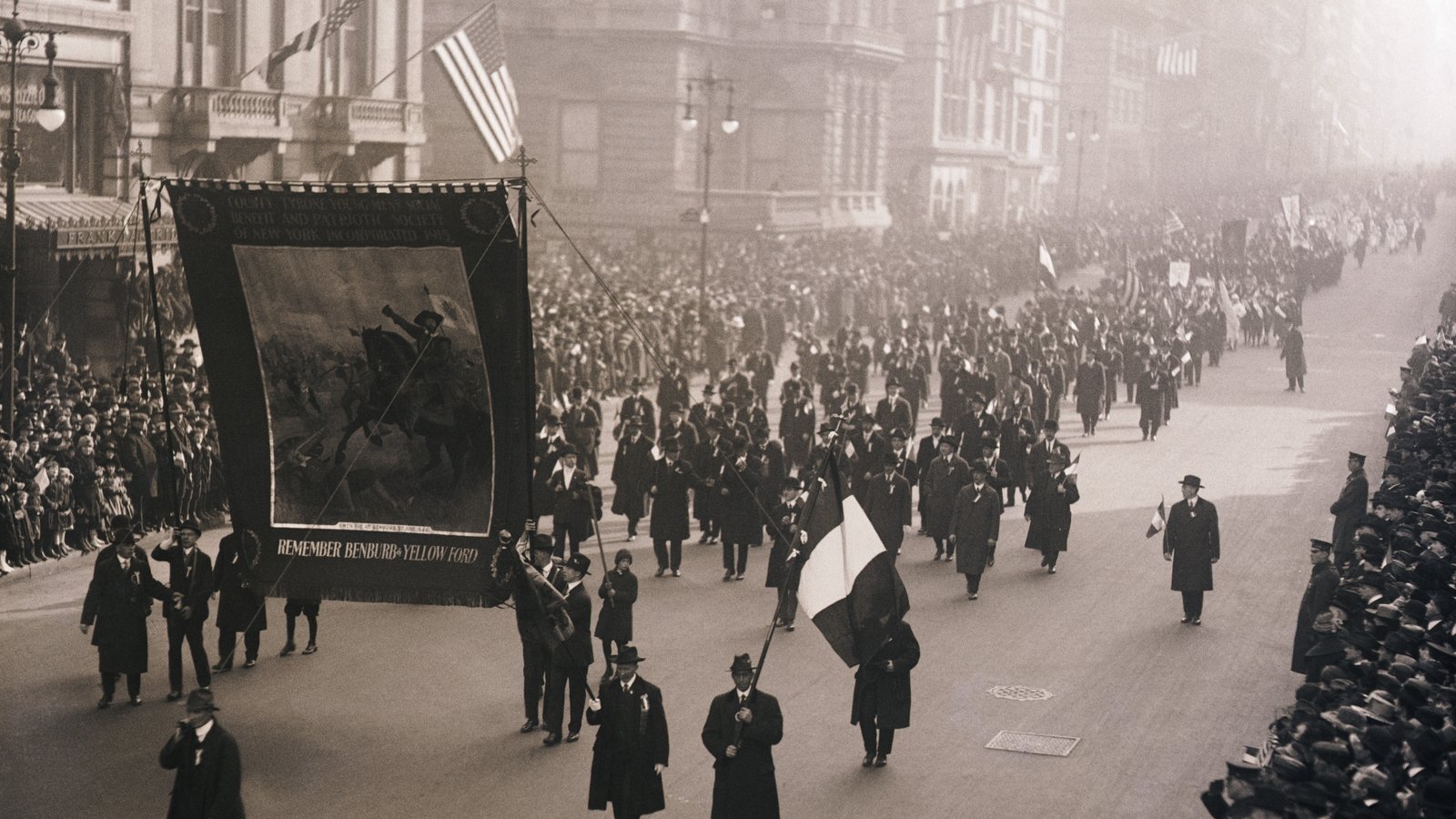
Across the Atlantic and far away, how do the Irish abroad feel on St Patrick’s Day?
That is one of the questions that can now be explored through a recently launched online database of thousands of letters and memoirs by Irish emigrants to North America, which have been digitised by academics at the University of Galway.
The Imirce online archive features letters from as far back as the 1600s from Irish emigrants and gives a personal insight into their struggles and successes in their newly adopted homeland as they wrote home to family and friends in Ireland.
On St Patrick’s Day 1922, Denis Hurley originally from Clonakilty in west Cork, wrote to his brother John thanking him for sending shamrock to him and telling him that St Patrick’s Day in Carson City, Nevada is a bit different to home, due to prohibition laws and said it was hard to get a drink.
His letter is one of many that Denis wrote to his brother on the occasion of St Patrick’s Day.
Denis and another brother, Michael, emigrated to the United States in the 1870s.
Originally from a farming family, the brothers settled in different cities in America and regularly wrote to relatives in Cork.
One letter read: “16th March 1914 Your welcome letter of Feb 27th received – 14 days journey.
“Thanks for the card and shamrock. They appear in pretty good state of preservation.
“I see by dispatches from Queenstown (now Cobh) that there was a big wind there, I suppose it reached into your section.
“How is our dear sister? Never a line from the dear lady. Too bad that we would not be on writing terms any way.
“A few years more will find our bodies laid in the cold earth. Tim is too busy or his health too poor also. Well I hope that St Patrick’s Day 1915 will find Ireland thriving under Home Rule and enjoying peace and prosperity.”
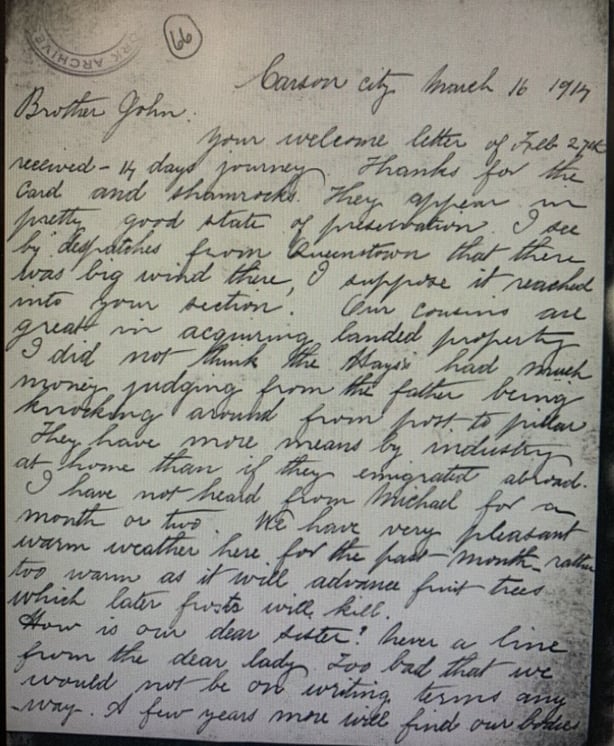
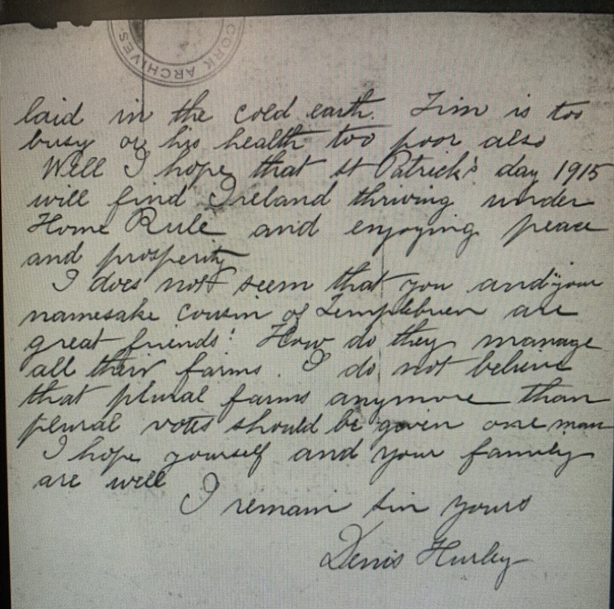
Two years later, Denis again wrote to John and sympathised with him on the death of his horse.
He also expressed a hope the war will end soon.
The letter read:
“Your welcome letter received on the 10th.
“Thanks for the bunch of Shamrocks.
“I am sorry that you suffered the loss of your horse: but there are other losses of one kind or another as we go through life.
“My health is good, thank god. Your letter was honored by being opened by the censor. I hope this awful war will coming an early close.”
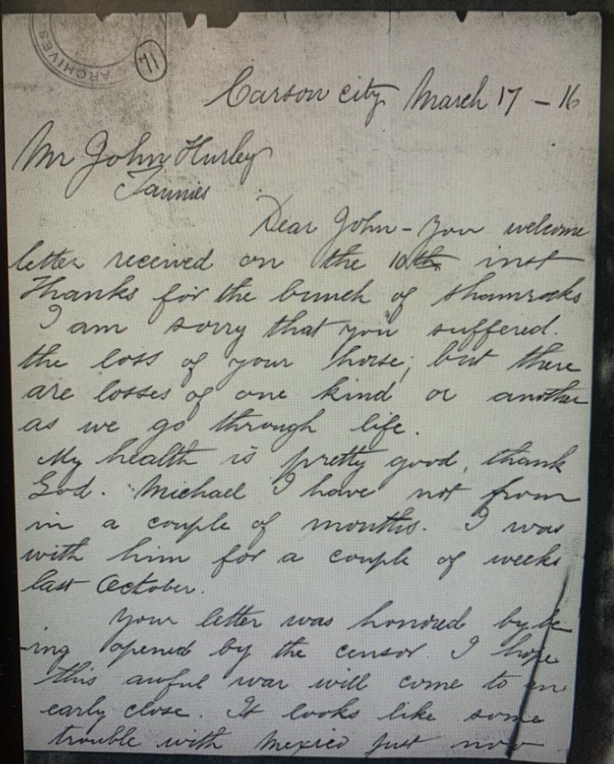
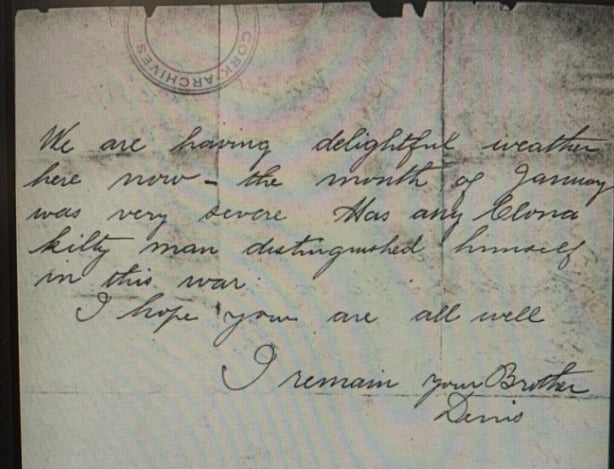
Denis was an educated man and took an active interest in politics in his adopted home of Carson City.
He became one of the most prominent citizens of the city, even becoming chairman [Mayor] of the city in 1925.
However, he maintained a life-long interest in the politics of his native Ireland and was proud to be Irish as his letter on St Patrick’s Day 1922 illustrated.
Denis wrote on 17 March 1922:
“I have received a nice letter from your dear daughter some time ago. I was glad to learn that you were all well.
“We all feel much better over the improved state of affairs in Ireland.
“The cleaning out of Dublin Castle was a great change. And to know that a Clonakilty man was a central figure in this reconstruction make us all from the old town feel proud.
“I don’t know any Clonakilty man in Carson. We all can sing on the anniversary of our Patron Saint, the Wearing of the Green.
“I hope the people will make good use of the Liberties they have won and the land contented and prosperous.
“To succeed in any country we have to labor and be frugal and industrious. In this country there is a great deal of unrest and discontent.
“The enforcement of Prohibition Law is only partly successful. We cannot celebrate here with any St Patrick’s Day Pot or glass.
“We have a weak beer which is not like the Clonakilty Porter.


Denis and Michael Hurley were just two of the millions of Irish people who emigrated to the United States over the centuries.
They are remembered to this day on a commemorative display on a wall outside the cemetery in Timoleague where some of the relatives who stayed in Ireland are buried.
Details about how to contribute to the collection are available at Imirce.universityofgalway.ie
Images of letters courtesy of imirce.universityofgalway.ie



